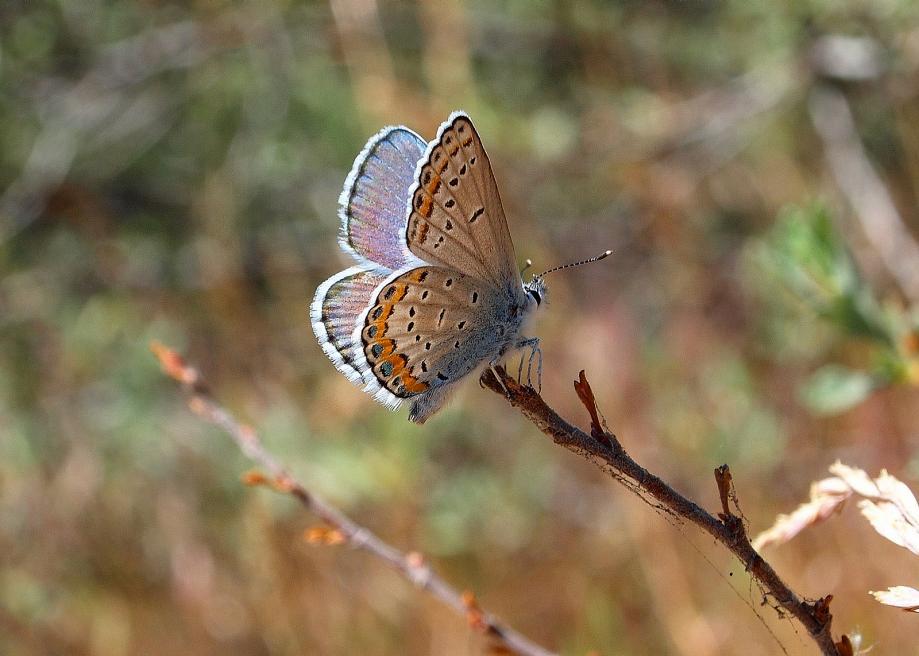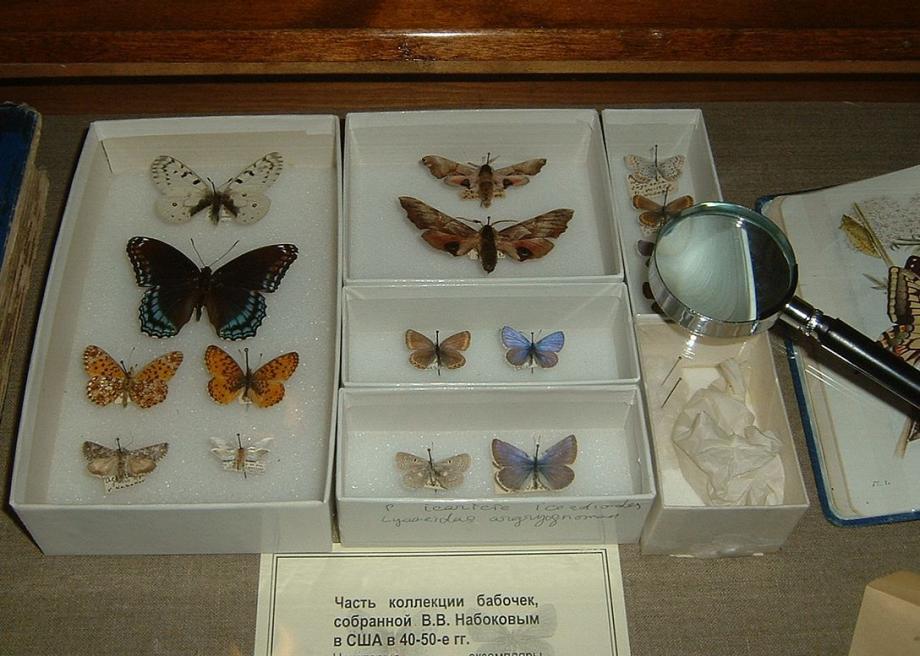Atlas Obscura on Slate is a blog about the world’s hidden wonders. Like us on Facebook, Tumblr, or follow us on Twitter @atlasobscura.
Fifty-six years ago today, Lolita was first published in the USA by G.P. Putnam’s Sons. But Vladimir Nabokov might never have unleashed Lo-lee-ta, fire of Humbert’s loins and subject of many an impassioned seduction-versus-child-abuse debate, if he had devoted himself entirely to his first great love: chasing butterflies.
After catching his first butterfly at the age of six and collecting insects throughout childhood, Nabokov became a lifelong lepidopterist. During an interview in the Summer-Fall 1967 edition of the Paris Review, he made his enthusiasm for butterfly hunting clear:
INTERVIEWER
Besides writing novels, what do you, or would you, like most to do? NABOKOV
Oh, hunting butterflies, of course, and studying them. The pleasures and rewards of literary inspiration are nothing beside the rapture of discovering a new organ under the microscope or an undescribed species on a mountainside in Iran or Peru. It is not improbable that had there been no revolution in Russia, I would have devoted myself entirely to lepidopterology and never written any novels at all.
After the 1917 Bolshevik Revolution forced his family to flee from St. Petersburg to Crimea, Nabokov studied butterflies to ward off homesickness. When he emigrated to the United States to escape the Nazis in 1940, Nabokov, whose Russian publications had not yet made him famous in America, got a job as Curator of Lepidoptera at Harvard University’s Museum of Comparative Zoology. For seven years he spent up to 14 hours a day sorting and mounting butterflies.
In 1945, Nabokov developed a theory of butterfly evolution based on his examination of the Polyommatus blues group: he proposed that the butterflies journeyed in five waves from Asia to Chile before going north to the New World. Although lepidopterists dismissed the theory at the time, he was later vindicated—in 2011, the Proceedings of the Royal Society of London journal announced that scientists had confirmed Nabokov’s theory using gene-sequencing technology.
This posthumous achievement joins the 20 species of butterfly named after the author’s fictional characters. And Lolita itself is littered with butterfly-inspired language that reflects Nabokov’s lepidoptery-heavy lifestyle: as the fragile and beautiful nymphet undergoes her metamorphosis, she is described as frail, silky, and fairy-like. Humbert presses his mouth to Lolita’s “fluttering” eyelid, and then there’s this moment as he watches her play tennis:
Did I ever mention that her bare arm bore the 8 of vaccination? That I loved her hopelessly? That she was only fourteen? An inquisitive butterfly passed, dipping, between us.
The remains of Nabokov’s butterfly collections are shared between the American Museum of Natural History in New York, the museums of Harvard and Cornell universities, the Zoological Museum in Lausanne, and the Nabokov Museum, established in the St. Petersburg house where he was born.
Visit Atlas Obscura for more on Nabokov’s butterflies.

